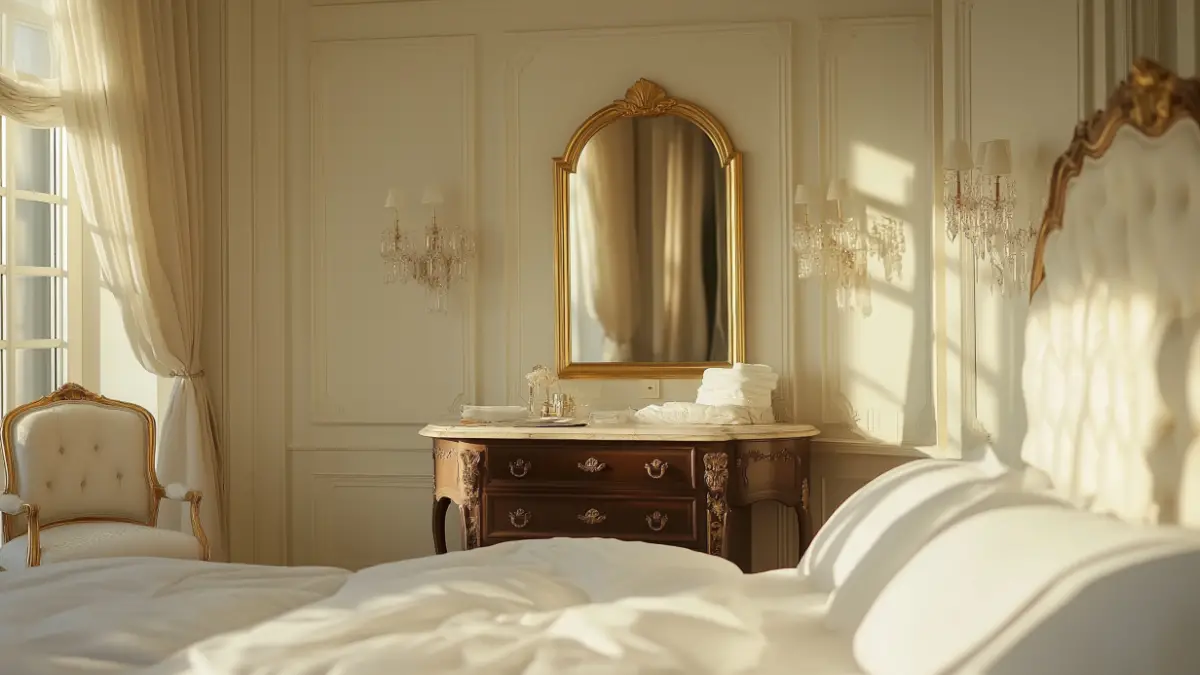Rare Antique Home Decor Finds: Timeless Vintage Elegance for Every Room
Table of Contents
Introduction
Did you know that antique furniture and decor have seen a 35% surge in popularity over the past three years? With sustainability and personal style driving today’s design trends, more homeowners are turning to the past to elevate their interiors.
Rare antique home decor isn’t just about old pieces—it’s about preserving history, craftsmanship, and personality. From a hand-carved Victorian mirror in the foyer to French apothecary jars on a kitchen shelf, antiques add soul and uniqueness that mass-produced items simply can’t replicate.
Whether you’re a seasoned collector or just starting your vintage journey, knowing how to find, choose, and style these gems is essential. This post guides you through sourcing rare antiques, understanding their value, and tastefully incorporating them into every room of your home—from your entryway to your bedroom.
Get ready to transform your space with authentic pieces that carry stories, artistry, and timeless elegance.
In-Depth Outline
1. What Makes an Antique “Rare” or Valuable?
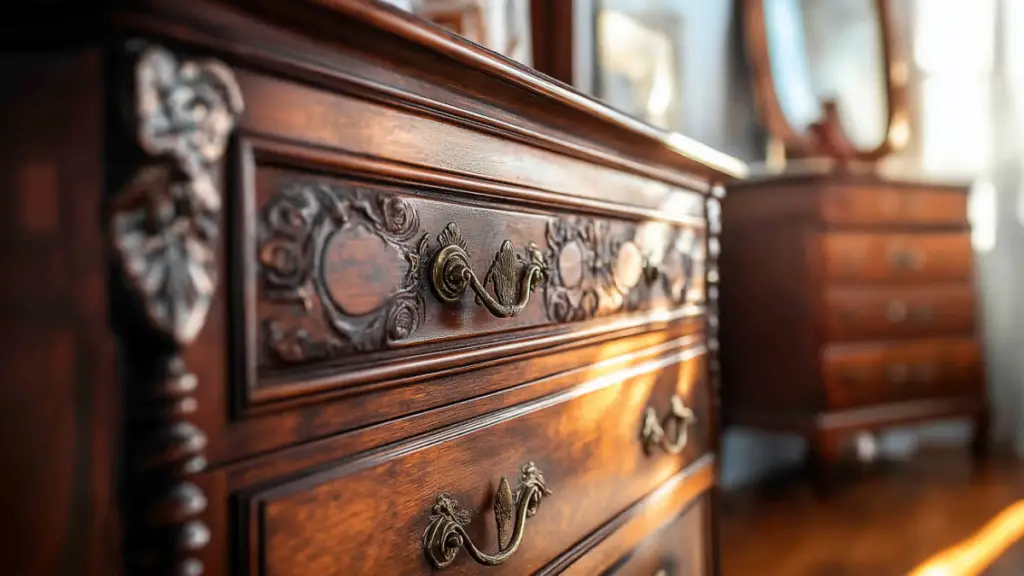
- Age: Typically 100+ years old
- Craftsmanship: Hand-made, not mass-produced
- Provenance: Historical or cultural significance
- Condition and restoration status
- Original materials and patina
Table: Rare vs. Reproduction Comparison
| Feature | Rare Antique | Reproduction Piece |
|---|---|---|
| Age | 100+ years | Modern production |
| Materials | Solid wood, aged metals, glass | Engineered wood, resin |
| Value | Increases with time | Stable or decreases |
| Unique Details | Hand-carved, imperfections | Machine-made, uniform |
2. Where to Source Rare Antique Home Decor
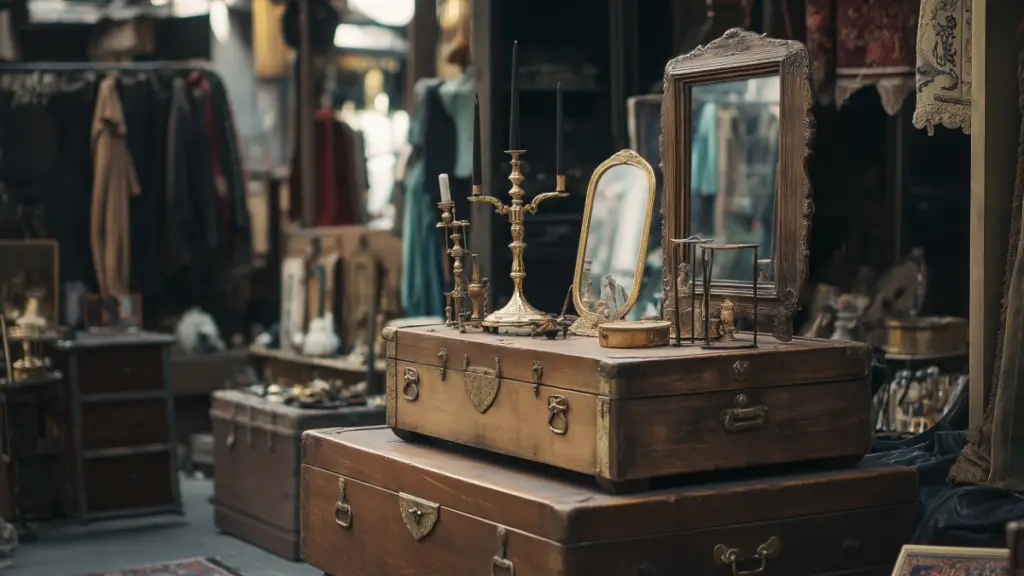
- Estate sales and auctions (in-person and online)
- Antique fairs and flea markets
- Trusted antique dealers or showrooms
- Online marketplaces with provenance (1stDibs, Chairish)
- Architectural salvage yards
Table: Sourcing Options Comparison
| Source | Pros | Cons |
|---|---|---|
| Estate Sales | Unique finds, negotiable prices | Time-sensitive, limited previews |
| Online Marketplaces | Convenient, searchable | Risk of reproductions |
| Dealers/Showrooms | Curated, authenticated | Higher price points |
| Flea Markets | Bargain potential | Requires experience |
3. Antique Styling Tips for Every Room
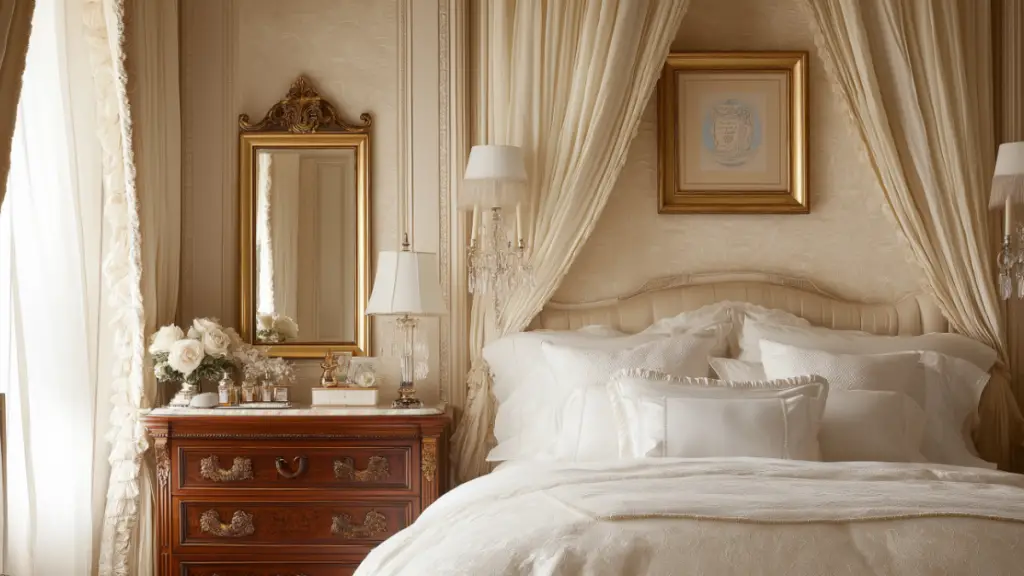
Living Room
- Incorporate a statement piece (e.g., tufted settee or mahogany coffee table)
- Mix with modern textures to avoid a museum-like feel
- Use vintage textiles for throws or cushions
Kitchen
- Display antique copperware or glass jars
- Add open shelves for visual interest
- Repurpose vintage furniture as an island or buffet
Bedroom
- Vintage vanities or bed frames for elegance
- Antique lamps or wall sconces for mood lighting
- Repurposed trunks as end-of-bed storage
Table: Room-by-Room Antique Ideas
| Room | Suggested Pieces | Styling Tip |
|---|---|---|
| Living Room | Chippendale chair, Persian rug | Balance with soft modern fabrics |
| Kitchen | Enamel pitchers, wood bowls | Group by function and form |
| Bedroom | Vanity, wrought iron bed frame | Add softness with layered linens |
4. How to Authenticate Antiques Before Buying
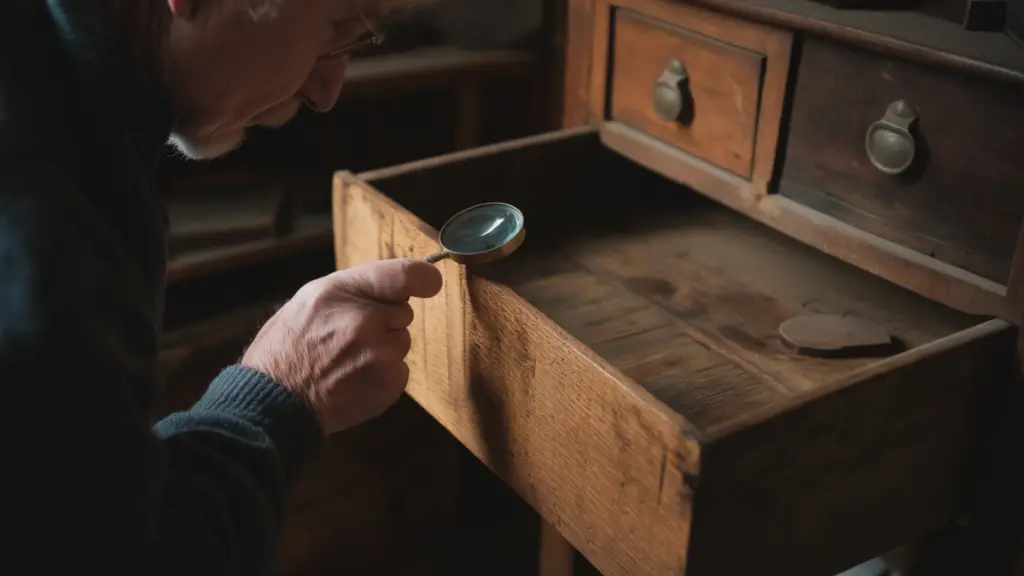
- Check for maker’s marks or manufacturer stamps
- Examine joinery—dovetail joints indicate hand-craftsmanship
- Assess wear patterns and signs of aging
- Research provenance and ask for documentation
- Get expert appraisals when in doubt
Table: Authentication Checklist
| Indicator | What to Look For |
|---|---|
| Joinery | Hand-cut dovetails, irregular cuts |
| Wood Type | Mahogany, walnut, oak |
| Finish | Shellac, not modern lacquer |
| Hardware | Flat-head screws, aged patina |
| Provenance | Stamps, labels, estate origin |
5. Caring for Antique Pieces

- Dust regularly with a microfiber cloth
- Avoid direct sunlight and heat exposure
- Use furniture wax instead of modern polish
- Repair with help from antique restoration professionals
- Protect delicate items behind glass or in display cases
Table: Antique Maintenance Guide
| Material | Care Tip | Frequency |
|---|---|---|
| Wood | Wax polish with beeswax | 2–3 times/year |
| Metal (brass) | Clean with lemon juice & baking soda | As needed |
| Upholstery | Vacuum gently with brush attachment | Monthly |
| Glass/Ceramics | Dust and clean with mild soap solution | Monthly |
6. How to Mix Antiques with Modern Decor
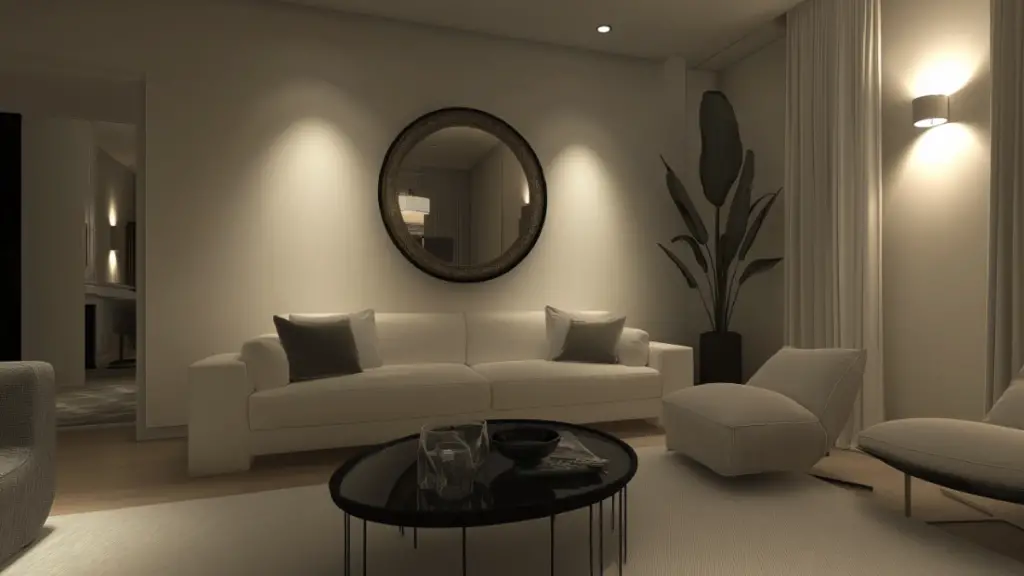
- Use a single antique statement piece per room
- Combine old and new through texture and tone
- Anchor antiques with neutral palettes
- Introduce contemporary lighting to contrast
- Layer with modern art or textiles
Table: Mix & Match Styling Examples
| Modern Element | Antique Counterpart | Balance Tip |
|---|---|---|
| Minimalist sofa | Victorian coffee table | Use matching tones |
| Abstract art | Gilded mirror | Position side by side |
| Sleek cabinetry | Rustic apothecary jars | Group in threes |
7. Top Antique Decor Trends for 2024
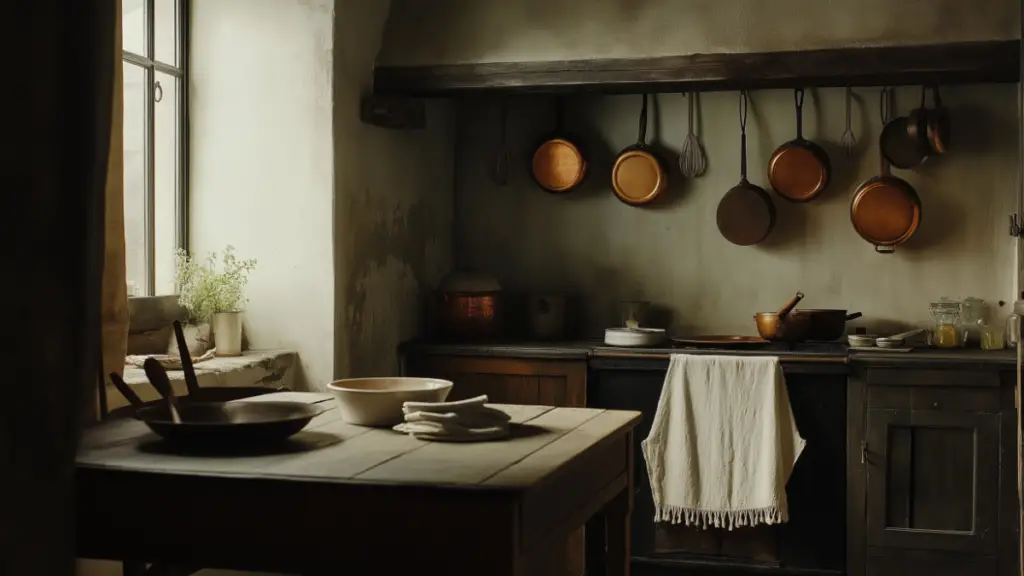
- French farmhouse style (linen, ironstone)
- Art Deco lighting and chrome finishes
- Vintage botanicals and nature prints
- Victorian revival: velvet, marble-topped tables
- Rustic cottagecore: worn woods, handmade ceramics
Table: Trending Antique Decor Styles
| Style | Signature Features | Room Suggestions |
|---|---|---|
| French Farmhouse | Aged woods, enamel, linen | Kitchen, dining room |
| Art Deco | Chrome, glass, geometric patterns | Hallway, living room |
| Cottagecore | Floral china, lace, soft palettes | Bedroom, reading nook |
Detailed Content Expansion
2. Where to Source Rare Antique Home Decor
Finding authentic antique decor requires equal parts patience, curiosity, and a discerning eye. Fortunately, there are several excellent sources—both online and in-person—that cater to all levels of collectors.
Estate sales are one of the best-kept secrets for finding rare antiques at great prices. These homes often hold entire collections of vintage items, and you can often negotiate prices on the spot. For more competitive bidding, explore online auctions like LiveAuctioneers or Invaluable.
If convenience is key, trusted online marketplaces like 1stDibs, Chairish, and EBTH offer curated antiques, often with provenance or dealer authentication. Just be mindful of shipping costs and return policies.
Antique fairs and flea markets allow you to inspect pieces in person. Look for events like the Round Top Antiques Fair (TX) or Brimfield (MA) for truly rare finds.
Table: Sourcing Options Comparison
| Source | Pros | Cons |
|---|---|---|
| Estate Sales | Unique finds, negotiable prices | Time-sensitive, limited previews |
| Online Marketplaces | Convenient, searchable | Risk of reproductions |
| Dealers/Showrooms | Curated, authenticated | Higher price points |
| Flea Markets | Bargain potential | Requires experience |
By knowing where to look—and what to look for—you’ll uncover antiques that tell stories and elevate your home with timeless charm.
3. Antique Styling Tips for Every Room
Incorporating antiques into your home decor isn’t just about the piece itself—it’s about how it’s styled. Antiques work best when they complement the space, not overwhelm it.
In the living room, an antique mirror or carved wood coffee table can serve as a focal point. Pair with a modern sofa in a soft neutral tone to balance the room.
For the kitchen, display antique pitchers, copper cookware, or vintage spice racks on open shelves. A distressed wood table with mismatched chairs instantly adds charm.
In the bedroom, opt for an antique vanity or a wrought iron bedframe. Layer soft white linens and textured throws to keep it cozy, not dated.
Table: Room-by-Room Antique Ideas
| Room | Suggested Pieces | Styling Tip |
|---|---|---|
| Living Room | Chippendale chair, Persian rug | Balance with soft modern fabrics |
| Kitchen | Enamel pitchers, wood bowls | Group by function and form |
| Bedroom | Vanity, wrought iron bed frame | Add softness with layered linens |
Mixing old with new creates depth, texture, and character in your home—making it feel both curated and deeply personal.
Conclusion
Rare antique home decor is more than just beautiful—it’s meaningful. These timeless pieces bring history, craftsmanship, and charm into our daily lives. Whether you’re sourcing from a flea market or investing in a heritage-quality piece online, antiques have the power to transform a room and tell a story. By understanding what to look for, how to care for it, and how to style it thoughtfully, you can create a space that feels both curated and soulful. Every antique you bring home adds a layer of narrative—one that blends seamlessly with your own.

